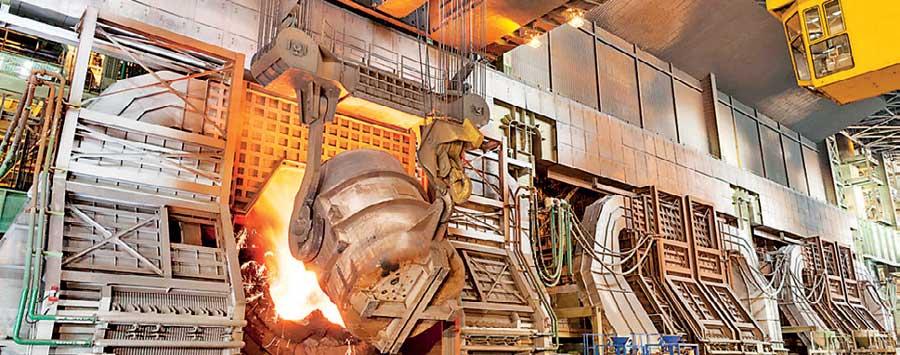Reply To:
Name - Reply Comment

 If there was one characteristic that could define the four and a half years of the ‘Yahapalanaya’ government, it would be ‘Inconsistency in Policy’.
If there was one characteristic that could define the four and a half years of the ‘Yahapalanaya’ government, it would be ‘Inconsistency in Policy’.
Before the outbreak of the political crisis last year, the two main stakeholders of the government — the United National Party (UNP) and the United People’s Freedom Alliance (UPFA) — pulled in opposite directions on many matters of national importance. President Maithripala Sirisena and Prime Minister Ranil Wickremesinghe hardly saw eye to eye on critical issues shaping and defining the future of the country.
After the end of the political crisis last year, the SLFP was reduced to a mere opposition party and the UNP was entrusted with the task of running the government with a hostile President at the helm, at least until the next Presidential election.
However, many thought the resolution of the political crisis would at least allow the UNP to run the government with a coherent and consistent vision enabling the party to deliver some results on the ground before it seeks a fresh mandate at the next election.
Unfortunately, it has now become clear that the inconsistency in policy is still a distant dream for the government and each government institution is operating in its own silo.
Trincomalee Development Master Plan
Last year, Megapolis and Western Development Minister Patali Champika Ranawaka handed over a master plan for Trincomalee district to Prime Minister Wickremesinghe and former Opposition Leader R. Sampanthan, outlining key strategic development initiatives in the area for the next 30 years.
The project saw the development of Trincomalee as an export hub by creating a clean industrial ecosystem,which can add value to the already abundant agriculture, aquaculture, minerals and resources in its hinterland.
The project also vowed to reposition Trincomaleeas the Eastern Tourism Hub, by increasing regional connectivity through the development of the Colombo-Trincomalee economic corridor and the establishment of an international airport in Hingurakgoda.
However, Development Strategies and International Trade Minister Malik Samarawickrama said in Parliament last week a Cabinet paper seeking approval for a billion dollar steel manufacturing and export plant in Trincomaleewould be presented to the Cabinet soon.
Steel plant
It goes without saying that a steel-manufacturing plan does not find resonance with the master plan for Trincomalee development for a number of reasons. While the Trincomalee development master plan envisages ‘clean industries’ for Trincomalee, the steel-manufacturing plant will yield diametrically opposite results.
Many have already pointed the plant will inevitably result in toxic waste products, acid rain-causing Sulfur Dioxide, heavy metal residues and gaseous outflows, causing an irreparable damage to the ecosystem of Trincomalee — an environmentally sensitive area and home to the country’s largest natural port.
The establishment of a steel plant in Trincomalee adjacent to port will also make a severe impact on the Trincomalee port development plans. It is also important to take into account the grave public health risk posed by a steel-manufacturing plant established in the vicinity of a potential ‘tourism hub’ in the Eastern province.
It is worthwhile to examine has to how the proposed steel manufacturing plant will derail the 30-year development plan for Trincomalee. A steel plant adjacent to the Trincomalee Port will prevent clean, high-value industries from coming into the area. This will hamper sustainable development in the province while deterring investors who are keen on fueling clean and high-value industries.
It is quite evident that the BOI is attempting to proceed with this project in a haphazard manner, without taking into consideration the need for harmonizing it with the long-term economic development plan for Trincomalee. This is the same lack of coordination that has plagued the State sector under the watch of the current government.
While this writer does not intend to dispute the importance of attracting investments of this sort to Sri Lanka, the location of this plant needs to be reassessed and reevaluated given the far-reaching environmental and economic consequences of the project.
(The writer is a retired public servant who may be contacted via: [email protected])